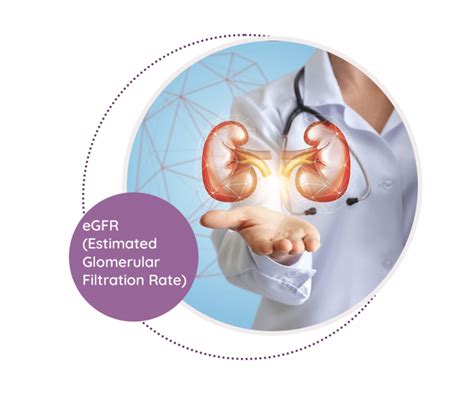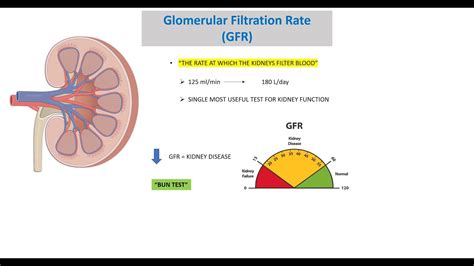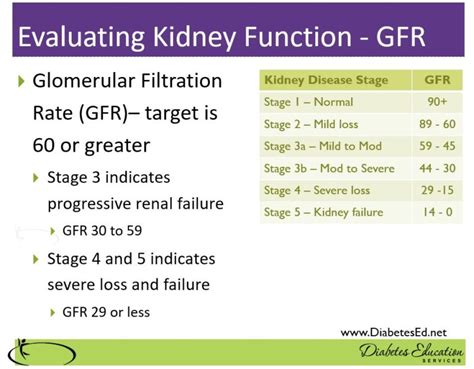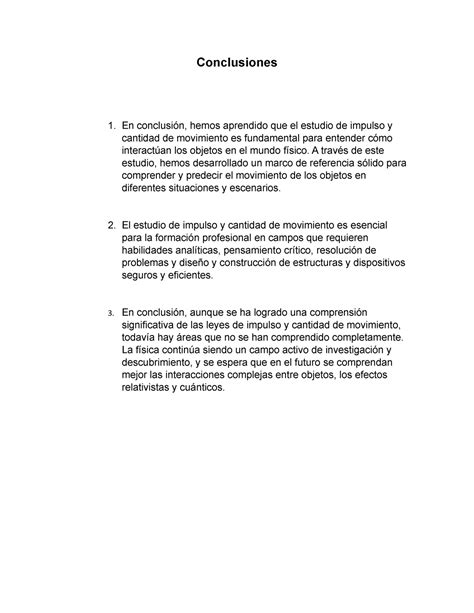Intro
Discover what Glomerular Filtration Rate (GFR) means, calculating kidney function, and understanding its impact on renal health, kidney disease, and overall well-being.
The concept of glomerular filtration rate (GFR) is crucial in understanding how our kidneys function and their role in maintaining our overall health. GFR is a measure of the rate at which the kidneys filter waste and excess fluids from the blood. It is an essential indicator of kidney function and is used to diagnose and monitor kidney disease. In this article, we will delve into the importance of GFR, how it is measured, and what the results mean for our health.
The kidneys play a vital role in removing waste products and excess substances from the body. They filter the blood to remove waste and excess fluids, which are then excreted in the urine. The glomerular filtration rate is a measure of the rate at which the kidneys perform this function. A normal GFR indicates that the kidneys are functioning properly, while a low GFR can indicate kidney disease or damage. GFR is an important metric for healthcare professionals to assess kidney function and make informed decisions about patient care.
GFR is calculated based on the amount of creatinine in the blood, as well as factors such as age, sex, and body size. Creatinine is a waste product that is produced by the muscles and filtered out of the blood by the kidneys. By measuring the level of creatinine in the blood, healthcare professionals can estimate the GFR and assess kidney function. The GFR can also be affected by other factors, such as blood pressure, diabetes, and family history of kidney disease. Understanding these factors is essential for maintaining healthy kidneys and preventing kidney disease.
What is Glomerular Filtration Rate

Importance of GFR
The importance of GFR cannot be overstated. It is a vital indicator of kidney function and is used to diagnose and monitor kidney disease. Kidney disease can lead to serious health complications, including heart disease, stroke, and kidney failure. By monitoring GFR, healthcare professionals can identify potential kidney problems early and take steps to prevent or slow disease progression. Additionally, GFR is used to monitor the effectiveness of treatments for kidney disease, such as dialysis or kidney transplantation.How is GFR Measured

Factors that Affect GFR
Several factors can affect GFR, including: * Age: GFR decreases with age, and older adults may have a lower GFR due to natural aging processes. * Sex: Women tend to have a lower GFR than men, due to differences in body size and muscle mass. * Body size: GFR is adjusted for body surface area, which can affect the results. * Blood pressure: High blood pressure can damage the kidneys and reduce GFR. * Diabetes: Diabetes is a major risk factor for kidney disease and can affect GFR. * Family history: A family history of kidney disease can increase the risk of kidney problems and affect GFR.What Do GFR Results Mean

Stages of Kidney Disease
Kidney disease is typically classified into five stages, based on the level of kidney function. The stages are: 1. Stage 1: Normal kidney function, but with evidence of kidney damage. 2. Stage 2: Mild kidney disease, with a GFR of 60-89 mL/min/1.73 m^2. 3. Stage 3: Moderate kidney disease, with a GFR of 30-59 mL/min/1.73 m^2. 4. Stage 4: Severe kidney disease, with a GFR of 15-29 mL/min/1.73 m^2. 5. Stage 5: Kidney failure, with a GFR of less than 15 mL/min/1.73 m^2.Treatment and Management of Kidney Disease

Lifestyle Changes for Kidney Health
Lifestyle changes can help promote kidney health and slow disease progression. The following are some tips for maintaining healthy kidneys: * Eat a healthy diet that is low in salt, sugar, and unhealthy fats. * Stay hydrated by drinking plenty of water. * Exercise regularly to maintain a healthy weight and reduce blood pressure. * Manage blood pressure and diabetes through lifestyle changes and medication. * Avoid smoking and limit alcohol consumption.Conclusion and Next Steps

Final Thoughts
Kidney disease is a serious health condition that can have significant consequences if left untreated. By understanding GFR and its importance, individuals can take steps to promote kidney health and prevent kidney disease. It is essential to work with a healthcare professional to monitor GFR and develop a treatment plan that addresses underlying health conditions and promotes overall health.What is the normal range for GFR?
+A normal GFR ranges from 90 to 120 mL/min/1.73 m^2, although this can vary depending on age, sex, and other factors.
What factors can affect GFR?
+Several factors can affect GFR, including age, sex, body size, blood pressure, diabetes, and family history of kidney disease.
How is GFR measured?
+GFR is typically measured using a blood test that measures the level of creatinine in the blood.
What are the stages of kidney disease?
+Kidney disease is typically classified into five stages, based on the level of kidney function, ranging from mild kidney disease to kidney failure.
How can I promote kidney health?
+Lifestyle changes, such as a healthy diet, regular exercise, and stress management, can help promote kidney health and slow disease progression.
